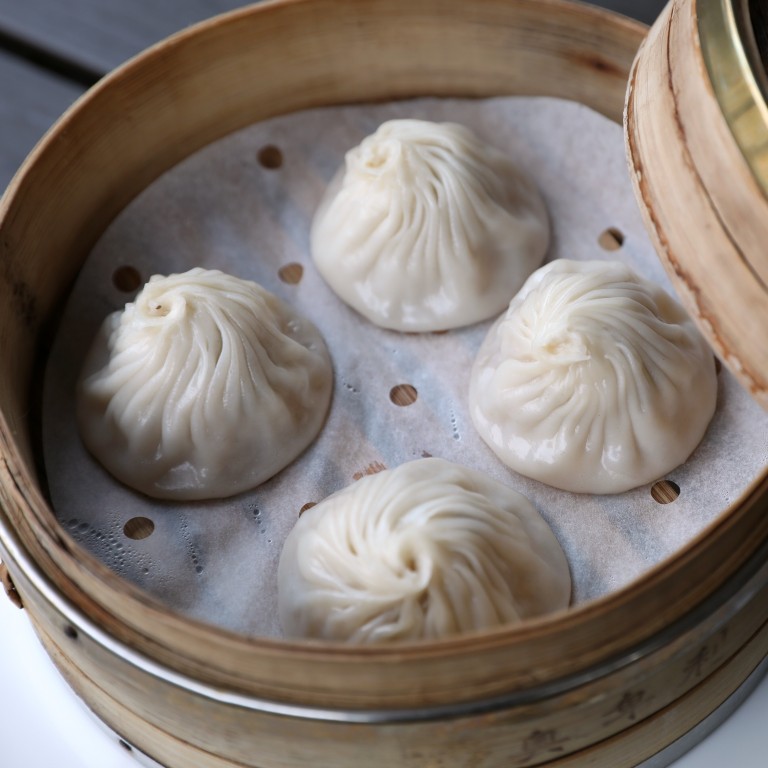
The history of xiaolongbao, or soup dumplings: from the outskirts of Shanghai to popular snack loved all over the world
- Although no one knows for sure who came up with the original dumpling, it’s claimed that it originated in a country town on the outskirts of Shanghai
- Taiwanese restaurant chain Din Tai Fung is credited for popularising xiaolongbao globally; ‘obsessive with detail’, its dumplings all weigh 21g before steaming
With nimble fingers, dim sum chef Leung Kwok-wa places a freshly rolled dumpling wrapper in his palm, scoops a spoonful of pork filling into the centre and – as if by magic – encases the bulging filling by pinching, pleating and rotating the dough at lightning speed.
While hungry diners can easily demolish a basket full of these dainty delights, learning to make them is another story.
Even though we watch Leung wrap them with intent, we struggle to follow. Our attempts end up looking like sad, flattened mini mooncakes with a swirl on top, instead of the proud, golf-ball-sized dumplings with 23 pleats that the master creates.
Leung, originally from Zhongshan in southern China, migrated to Hong Kong when he was a child. As a teenager, he followed his older brother and father into the restaurant business.
What’s the correct way to eat xiaolongbao? Our foolproof guide
“For a 17-year-old to wake up at 3am is very difficult, and in the winter I found it especially hard,” he recalls, though in time he grew to enjoy the craft. Now, he gets to flex his creativity in coming up with interesting varieties of steamed dumplings.
“To make the perfect xiaolongbao, you need the wrapper to be thin enough, and have enough soup so that you can taste a spoonful of it in your mouth. You should be able to pick up the top of the dumping with your chopsticks and swing it back and forth without breaking it,” Leung explains.
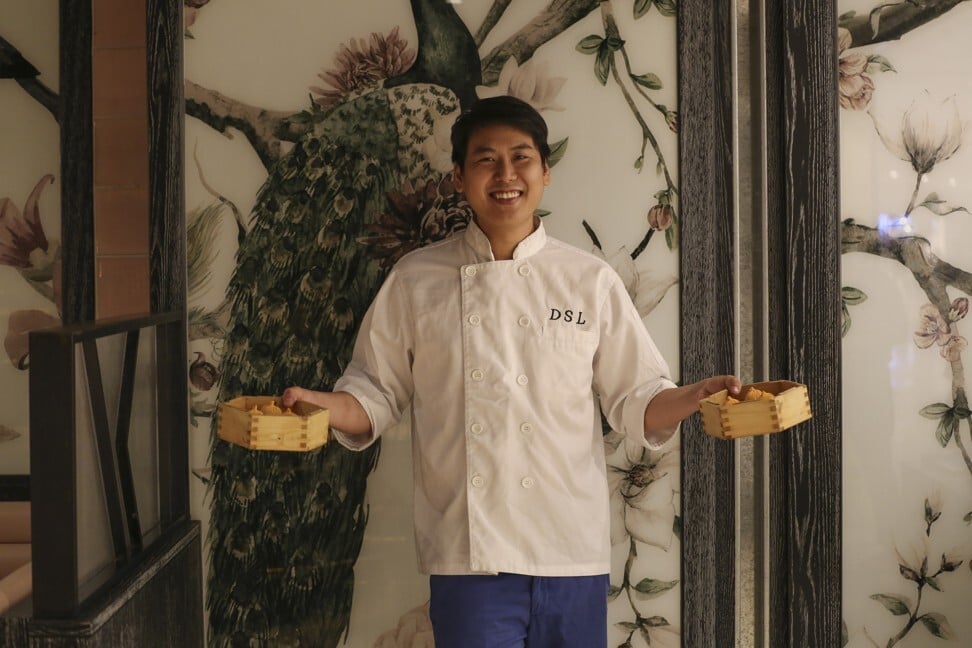

“In Shanghai, they say that xiaolongbao originated in a country town on the outskirts of Shanghai called Nanxiang, around the Guyi Gardens,” says cook and food writer Fuchsia Dunlop, who’s been researching Chinese cuisine for 25 years.
“Around the edge of this classical Chinese garden, there have been, for a couple of centuries, a lot of little snack shops. It was a sort of pleasure ground for people and these snack shops all specialise in xiaolongbao.”

The story goes he originally named the buns nanxiang da rou mantou, which means “large meat-filled bun from Nanxiang”. Though the dumplings were popular, the name was not – over time, it evolved to xiaolongbao, which translates to “small basket bun”.
Dunlop says the country’s love for xiaolongbao began when the dumplings made their way into the heart of Shanghai.
“What they say is that, in the early 20th century, a man from Nanxiang opened a restaurant near the City God Temple in Shanghai, and that’s what brought the snack into the centre of Shanghai and into the spotlight,” says the British author, who has written six books about Chinese food and culinary culture, including Land of Fish and Rice: Recipes from the Culinary Heart of China.
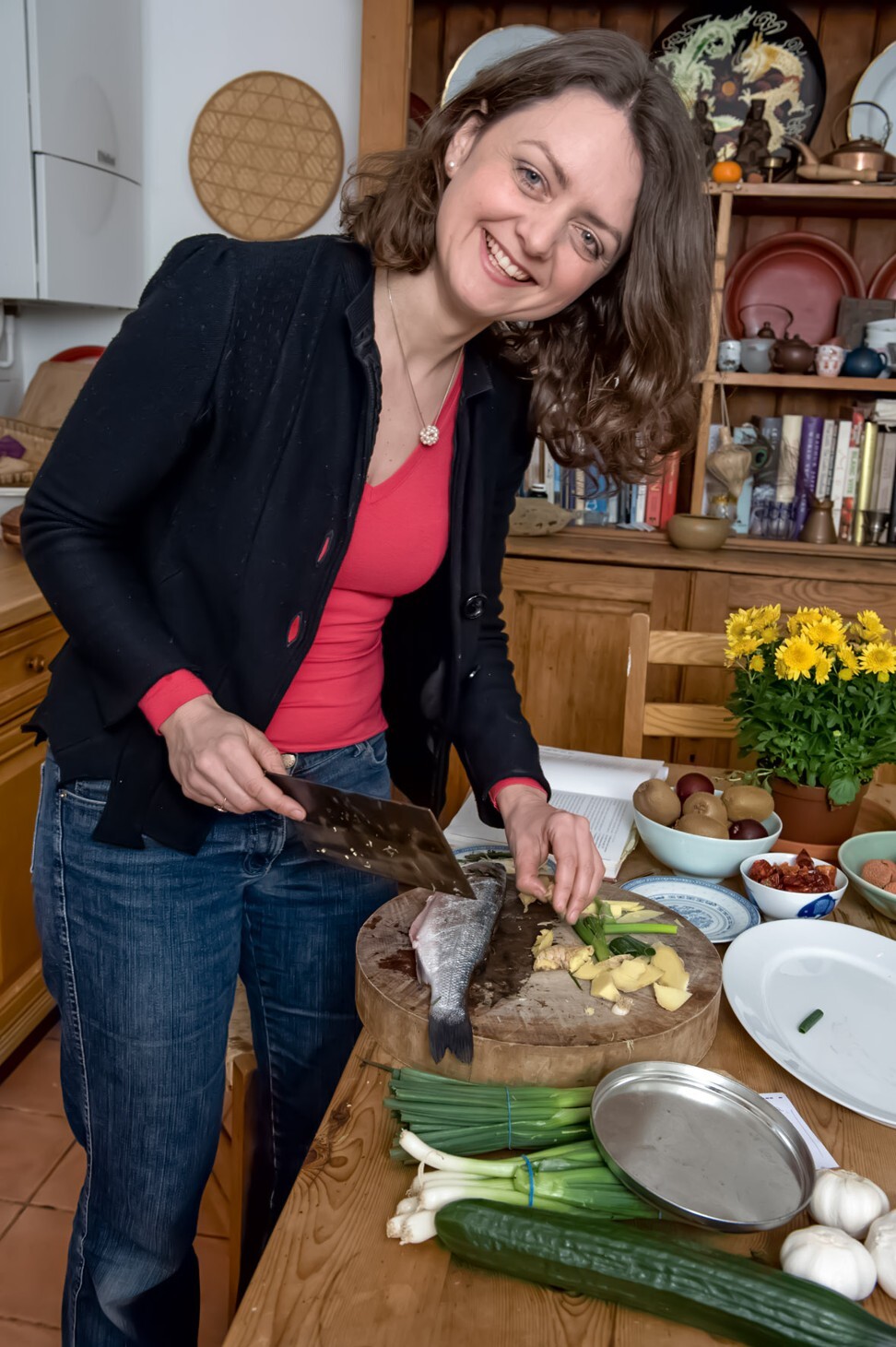
Nowadays, you can find restaurants and shops selling xiaolongbao across Shanghai. The city government even listed them as one of its “protected traditional treasures” in 2006.
In Shanghai, the delicacy level and thinness of the dumpling skin can vary from place to place but xiaolongbao in Nanxiang originally had thick skins.
The sleepy village has been swallowed by Shanghai’s urban sprawl and is now considered a district of the city, but it still refers to the dumplings by their original name of xiaolong mantou.

Dunlop explains that the word mantou is an ancient Chinese word that is associated with all kinds of meat-filled buns or dumpling snacks. “You’ll find the same word used in northern China, and appearing right across the top of Central Asia from Turkey to Korea,” she says.
Many people outside Asia know xiaolongbao thanks to Din Tai Fung, a restaurant chain from Taiwan. What they might not know is that the brand started off as a shop selling cooking oil in Taipei, in the late 1950s.

When business was struggling in the 1970s, founder Yang Bingyi, originally from China’s Shanxi province, and his wife dedicated half of their shop to making and selling xiaolongbao. The pork soup dumplings became such a hit that they eventually phased out the oil business and turned Din Tai Fung into a fully fledged restaurant.
Now, the chain has branches in more than 14 countries and is credited with creating the world’s international standard for xiaolongbao, thanks to its absolute precision in the art of dumpling making.
“They have little electronic scales in the kitchen and each dumpling, before steaming, must weigh exactly 21 grams [0.74 ounces] and have 18 pleats. So they’re obsessive about detail. And they took this model and then exported it,” Dunlop says.
“Din Tai Fung has become one of those quite rare Chinese food brands that have become a great hit all over the world. It put the xiaolongbao on the map for many people who are not Chinese.”
She adds that it raised eyebrows in Shanghai when a Taiwanese restaurant brought xiaolongbao back to the city.
“When Din Tai Fung first opened branches in Shanghai, there was this strange feeling about ‘why is it that a Taiwanese company is opening in Shanghai and doing a local Shanghainese snack to a very, very high standard’, but I think there are also local Shanghainese restaurants which are really good now.”
Some Shanghainese regard Din Tai Fung’s xiaolongbao as inauthentic but, half a world away in New York, restaurateur Elsa Zhang Yuwen, who is originally from Shanghai, is more diplomatic.
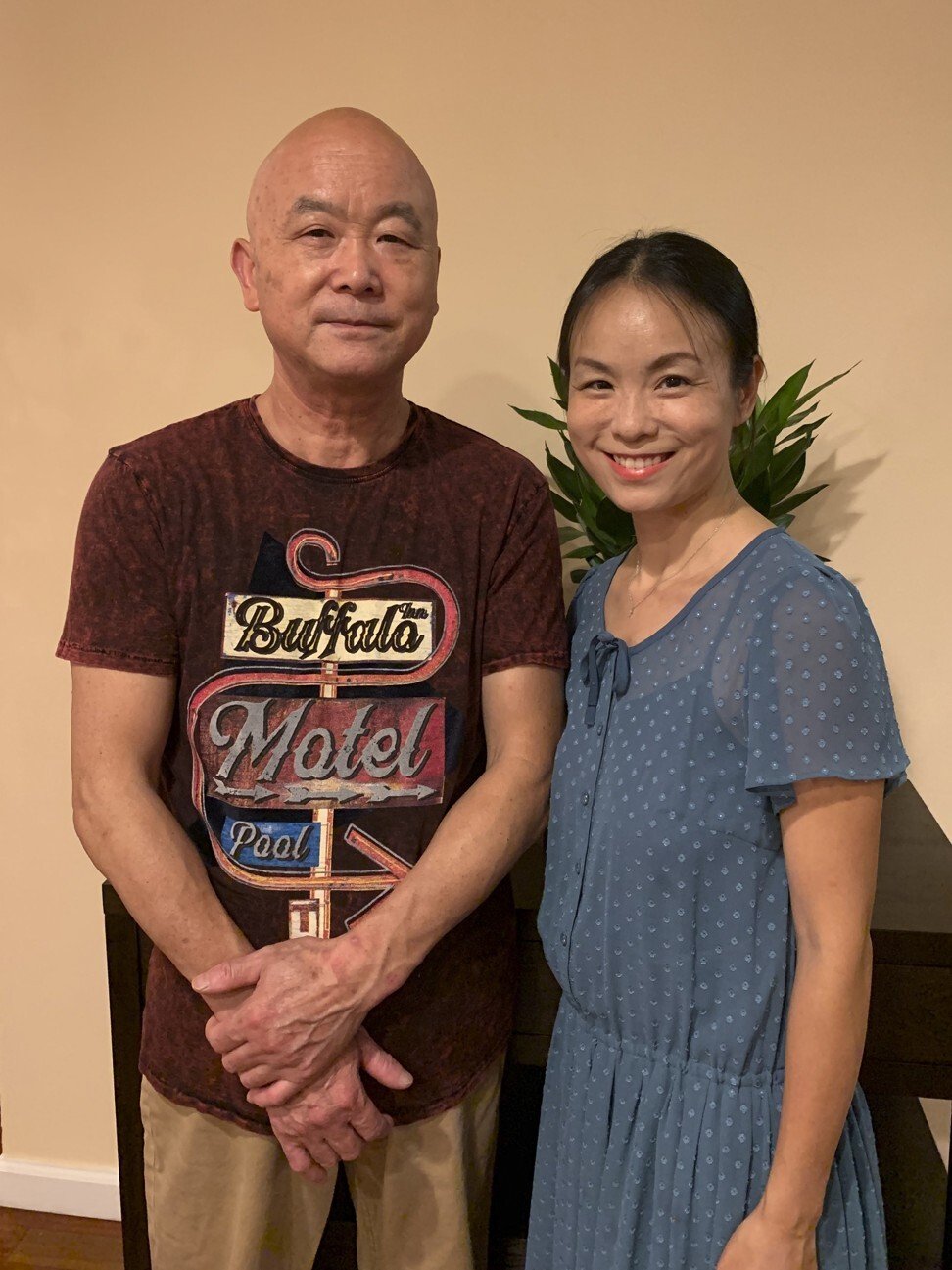
“I respect Taiwanese xiaolongbao,” Zhang says. “I see no problem if it is [made by] Taiwanese or Shanghainese. Everyone makes xiaolongbao. The flavour is a little bit different, but that’s OK.
“In the 1940s and ’50s, a lot of Shanghainese moved to Taiwan, and in that way the [Shanghainese] xiaolongbao and the Taiwanese dumpling are connected. They are different but still connected. They are still xiaolongbao.”
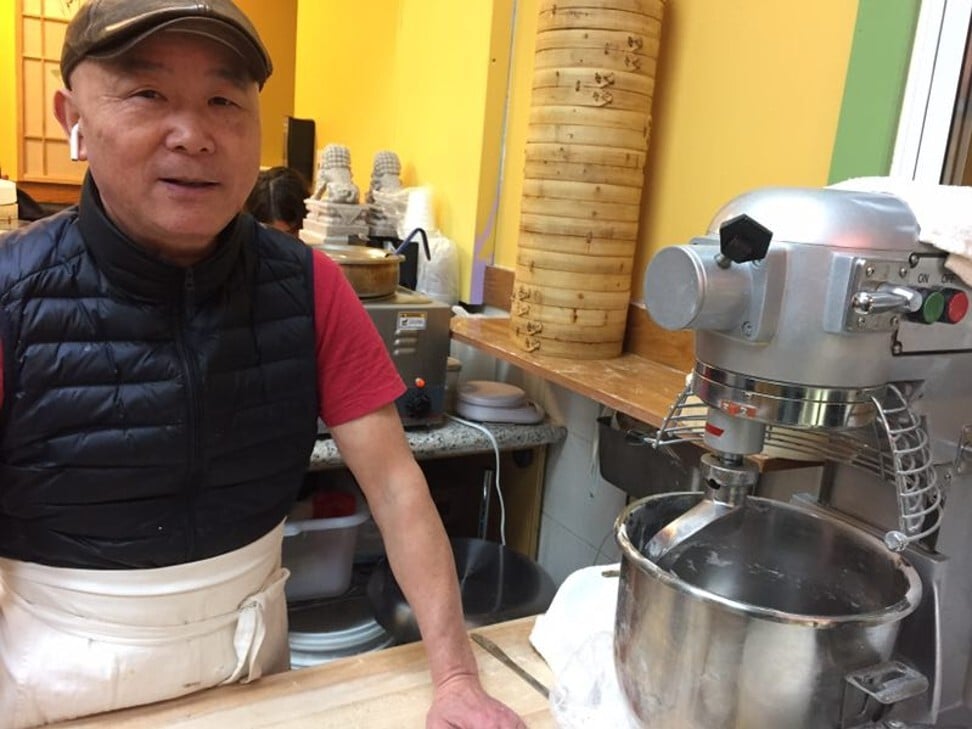
Two years ago, he fulfilled his dream of opening his own restaurant, Memories of Shanghai, with his daughter in New York City borough Queens. He and his chefs make almost 400 xiaolongbao every day.
He learned how to make the dumplings in his native Shanghai in his 20s and found his skills in hot demand when he arrived in New York in the 1990s.
Elsa Zhang claims her father is famous in New York for his xiaolongbao because he insists on using only the freshest pork. Making the soup gelatin is a two-day process. It involves simmering fatty pork with ginger and scallions for four to six hours, then cooling it down until it becomes gelatinous. It’s this pork lard that makes the soup – and the xiaolongbao – delicious.
“I can’t say they are very healthy … it is traditional food, because in the old days people didn’t think about that,” Zhang says with a laugh.
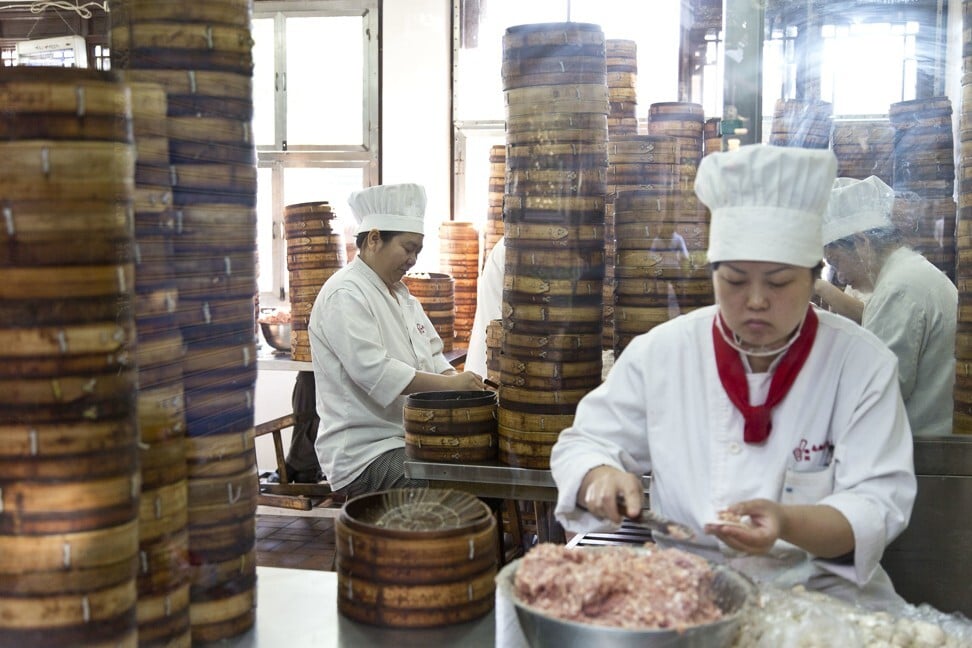
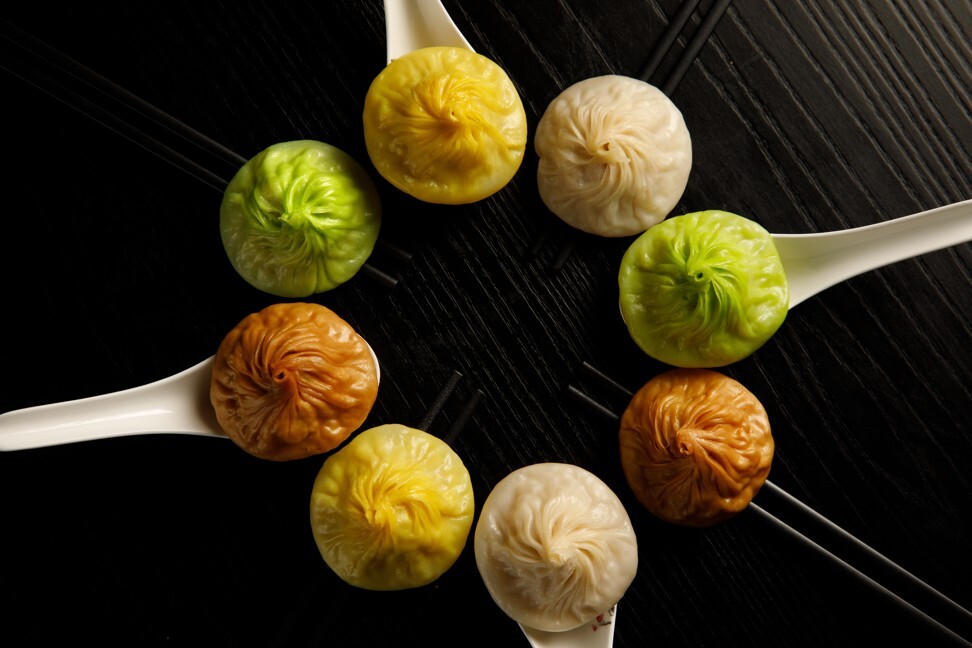
It took Leung around 20 attempts to get each new dumpling’s taste, ratio and consistency right. “When you make things the traditional way it’s simple, but when you add something different in there it doesn’t always work, so we had to do it by trial and error,” he explains.
Dunlop is happy to try alternative xiaolongbao flavours, but thinks the original is “a work of dumpling perfection”.
“You don’t really need to do anything to it. It’s just perfect as it is, and … it’s normally served with a dish of rice vinegar with shards of fresh ginger, which perk it up and cut through any richness. That combination of the rich savoury umami pork and that perky little spritz of vinegar and ginger is just a beautiful chord of flavour.”












